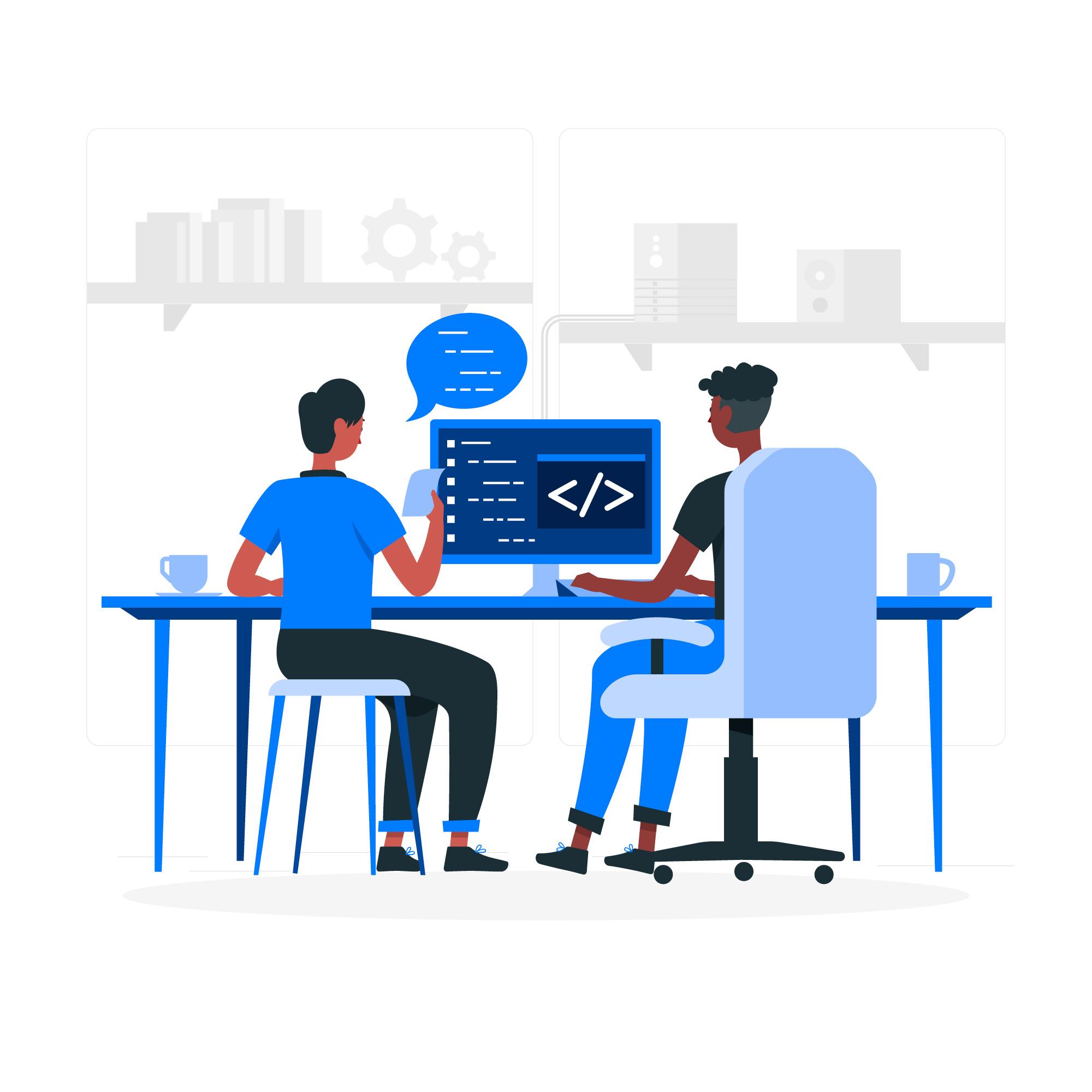Get Support
+91 9123517774

Leaf Business Consulting Services
Aerospace Industry
The aerospace industry has become increasingly reliant on IT services and IT consulting to enhance efficiency, innovation, and overall operations. Here are several ways in which IT services and consulting play a crucial role in the aerospace sector
Leaf Business Consulting Services
Consulting Services

Leaf Business Consulting Services
Data Management and Analytics
The aerospace industry generates massive amounts of data, from flight data to maintenance records. IT services help in managing and analyzing this data to derive valuable insights. Predictive analytics, for example, can be used to forecast equipment failures and optimize maintenance schedules, reducing downtime and improving safety.
Leaf Business Consulting Services
Digital Transformation
IT services help aerospace companies undergo digital transformation by adopting advanced technologies such as the Internet of Things (IoT), cloud computing, big data analytics, and artificial intelligence (AI). These technologies can be applied to improve aircraft design, manufacturing processes, and maintenance.


Leaf Business Consulting Services
Cybersecurity
Aerospace companies deal with sensitive data related to aircraft designs, proprietary technologies, and customer information. IT services play a crucial role in implementing robust cybersecurity measures to protect against cyber threats and ensure the confidentiality and integrity of data.
Leaf Business Consulting Services
Supply Chain Management
IT consulting services assist aerospace companies in optimizing their supply chain processes. This involves implementing technologies for real-time tracking of components, ensuring transparency, and improving overall supply chain efficiency.


Leaf Business Consulting Services
Collaborative Tools
IT services provide collaboration tools and platforms that facilitate communication and coordination among teams working on different aspects of aerospace projects. This is particularly important in an industry where collaboration between engineers, designers, and manufacturers is essential.
Leaf Business Consulting Services
Simulation and Modeling
IT services contribute to the development of advanced simulation and modeling tools. These tools help in testing and refining aircraft designs, predicting performance under different conditions, and reducing the need for physical prototypes, thus cutting costs and time in the development process.


Leaf Business Consulting Services
Compliance and Regulation
Management: Aerospace companies must adhere to strict regulatory standards. IT services help in developing and implementing systems that ensure compliance with aviation regulations, certifications, and safety standards.
Leaf Business Consulting Services
Customer Experience
IT services contribute to enhancing the overall customer experience in the aerospace industry. This includes improved in-flight entertainment systems, streamlined booking processes, and better communication with passengers through digital channels.


Leaf Business Consulting Services
Maintenance and Asset Management
IT services enable the implementation of predictive maintenance systems, ensuring that aircraft are serviced before issues arise. This can lead to significant cost savings and increased safety.
Leaf Business Consulting Services
Blockchain Technology
Some aerospace companies are exploring the use of blockchain for secure and transparent record-keeping in areas such as maintenance history, supply chain, and certification processes.

Here are some key software applications used in the aerospace industry
01.
Avionics Software
ARINC 653, DO-178C: Avionics software is critical for the operation of aircraft systems such as flight control, navigation, communication, and monitoring. Compliance with aviation standards like DO-178C is essential for safety-critical software development.
02.
Flight Planning and Navigation Software
Jeppesen, ForeFlight, FlightAware: These applications are used for flight planning, navigation, and route optimization. Pilots use them to access charts, weather information, and optimize fuel-efficient routes.
03.
Air Traffic Management Software
Air Traffic Control (ATC) Systems: Software used by air traffic controllers to manage the safe and efficient movement of air traffic within controlled airspace.
04.
Maintenance, Repair, and Overhaul (MRO) Software
IBM Maximo, Ramco Aviation M&E/MRO: MRO software helps manage and track maintenance activities, including scheduling, inventory management, and compliance with regulatory requirements.
05.
Predictive Maintenance Software
Predictronics, IBM Predictive Maintenance and Quality: These applications use predictive analytics to anticipate and prevent equipment failures, optimizing maintenance schedules and reducing downtime.
06.
Quality Management Software
EtQ Reliance, MasterControl: Quality management software helps aerospace companies maintain and improve product quality by managing documentation, inspections, and compliance.
07.
Communication Systems
VHF, HF, Satellite Communication Systems: These systems facilitate communication between aircraft and ground control, as well as among different aircraft systems.
08.
Human-Machine Interface (HMI) Software
Rockwell Collins Pro Line Fusion, Honeywell Primus Epic: HMI software provides pilots with intuitive interfaces for interacting with avionics systems, displays, and controls in the cockpit.
09.
Augmented Reality (AR) and Virtual Reality (VR) Applications
Lockheed Martin's Prepar3D, Varjo XR-3: AR and VR applications are used for pilot training, maintenance, and design visualization, providing immersive and interactive experiences.
10.
Mobile Applications
Flight Apps, Maintenance Apps: Mobile applications are used by pilots and maintenance crews for accessing real-time information, checklists, and operational updates on tablets and smartphones.
11.
Cybersecurity Software
Firewalls, Intrusion Detection Systems:Given the increasing connectivity of aircraft systems, cybersecurity software is crucial for protecting against cyber threats and ensuring the integrity of aviation systems.
Leaf Business Consulting Services
Aerospace engineering
Our Services
software products
CATIA
Developed by Dassault Systèmes, CATIA is a comprehensive CAD/CAM/CAE software suite widely used in aerospace for design, engineering, and manufacturing.
Service DetailsANSYS Fluent
ANSYS Fluent is a powerful computational fluid dynamics (CFD) software that is employed in the aerospace industry for simulating fluid flow, heat transfer, and related phenomena.
Service DetailsNX (formerly Unigraphics)
Siemens NX is a versatile software suite used for product design, engineering analysis, and manufacturing. It is widely used in the aerospace and defense industries.
Service DetailsSolidWorks
SolidWorks, developed by Dassault Systèmes, is a popular 3D CAD software used for product design and engineering. It finds applications in aerospace design and modeling.
Service DetailsMATLAB and Simulink
MATLAB is a high-level programming language and Simulink is a block diagram environment for multidomain simulation and model-based design.
Service DetailsAltair HyperMesh and HyperWorks
: HyperMesh is a high-performance finite element pre-processor, and HyperWorks is a simulation and optimization suite used for structural analysis in aerospace engineering.
Service DetailsMSC Nastran
MSC Nastran is a widely used software for structural analysis, including linear and nonlinear static, dynamic, and thermal analysis.
Service DetailsOpenVSP (Vehicle Sketch Pad)
OpenVSP is an open-source parametric aircraft geometry tool used for conceptual design and analysis.
Service DetailsLabVIEW
National Instruments' LabVIEW is a graphical programming environment used for measurement and control systems, often applied in aerospace testing and instrumentation.
Service DetailsCES Selector
Granta Design's CES Selector is used for materials selection and substitution in the design and engineering of aerospace components.
Service DetailsADAMS (MSC Adams)
Adams is multibody dynamics simulation software used for studying the dynamics of mechanical systems, including aerospace components and systems.
Service DetailsAbaqus
Abaqus is a finite element analysis (FEA) software widely used for structural analysis and simulations in the aerospace industry.
Service DetailsFlightGear
AFlightGear is an open-source flight simulator often used for testing and validating aerospace vehicle designs.
Service DetailsWindchill
PTC's Windchill is a product lifecycle management (PLM) software that helps manage product development and collaboration in the aerospace industry.
Service DetailsSTAR-CCM+
This is a CFD software package by Siemens used for simulating fluid flow and heat transfer in various aerospace applications.
Service DetailsLeaf Business Consulting Services
Agile Digital Services Architecture in the aerospace sector
Aerospace Ecosystem

Internet of Things (IoT)

Digital Twin Technology

Artificial Intelligence (AI)

Augmented Reality (AR)

Blockchain Technology

Cybersecurity Measures

Mobile Applications

Big Data Analytics

Edge Computing

Customer Experience Enhancement

Collaborative Platforms

Several key trends and future developments are expected to shape the aerospace industry
01.
Electric and Hybrid Aircraft
The development and adoption of electric and hybrid propulsion systems are expected to increase, aiming for more environmentally friendly and fuel-efficient aircraft.
02.
Urban Air Mobility (UAM)
UAM is gaining traction, with the development of electric vertical takeoff and landing (eVTOL) vehicles for short-distance urban transportation. Companies are exploring air taxis and autonomous aerial vehicles for urban mobility solutions.
03.
Supersonic and Hypersonic Travel
Research and development efforts are underway to bring back supersonic commercial travel, and hypersonic flight technologies are being explored for even faster point-to-point travel.
04.
Advanced Materials and Manufacturing
The industry is investing in the development of lightweight and high-strength materials, such as advanced composites and 3D-printed components, to improve fuel efficiency and reduce environmental impact.
05.
Satellite Constellations
Increasing deployment of satellite constellations for global connectivity, earth observation, and remote sensing is expected. Companies like SpaceX and OneWeb are leading initiatives to create large constellations of small satellites.
06.
Space Tourism
Commercial space tourism is on the horizon, with companies like Blue Origin and SpaceX working on suborbital and orbital space travel experiences for civilians.
07.
Advanced Air Traffic Management
Next-generation air traffic management systems are being developed to accommodate increased air traffic, improve efficiency, and enhance safety through technologies like ADS-B (Automatic Dependent Surveillance-Broadcast) and AI-driven traffic management.
08.
Sustainable Aviation
The aerospace industry is focusing on sustainability, aiming to reduce carbon emissions and environmental impact. Biofuels, hybrid-electric propulsion, and other eco-friendly initiatives are being explored.
09.
Space Exploration and Colonization
Continued exploration of Mars and the Moon is expected, with plans for potential human missions and establishing sustainable colonies. Private companies, such as SpaceX, are actively involved in space exploration initiatives.
10.
Cybersecurity in Aviation
As aircraft become more connected and reliant on digital systems, there is an increasing emphasis on cybersecurity to protect against potential threats to aviation systems and data.
11.
In-Orbit Servicing and Debris Removal
Initiatives to develop technologies for in-orbit servicing of satellites and removal of space debris to address the growing issue of orbital congestion.
12.
Advanced Cockpit Technologies
Integration of advanced cockpit technologies, including augmented reality displays, advanced avionics systems, and enhanced connectivity for improved situational awareness and pilot decision-making.
13.
Regulatory Changes
Evolving regulatory frameworks to accommodate new technologies and business models, ensuring the safe integration of innovations into the aerospace industry.
Wanted Free Consulting ?
We are always ready to help you.


